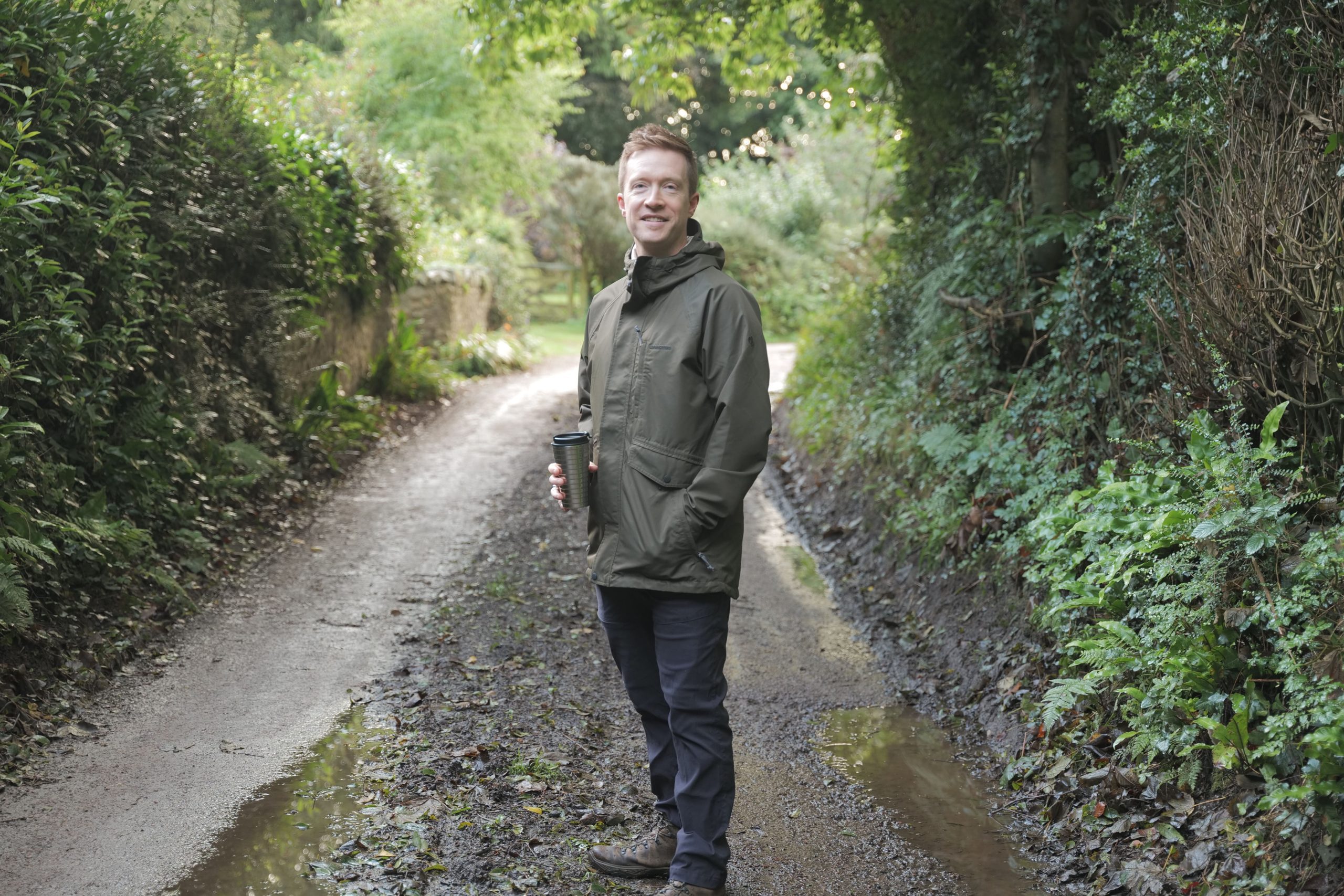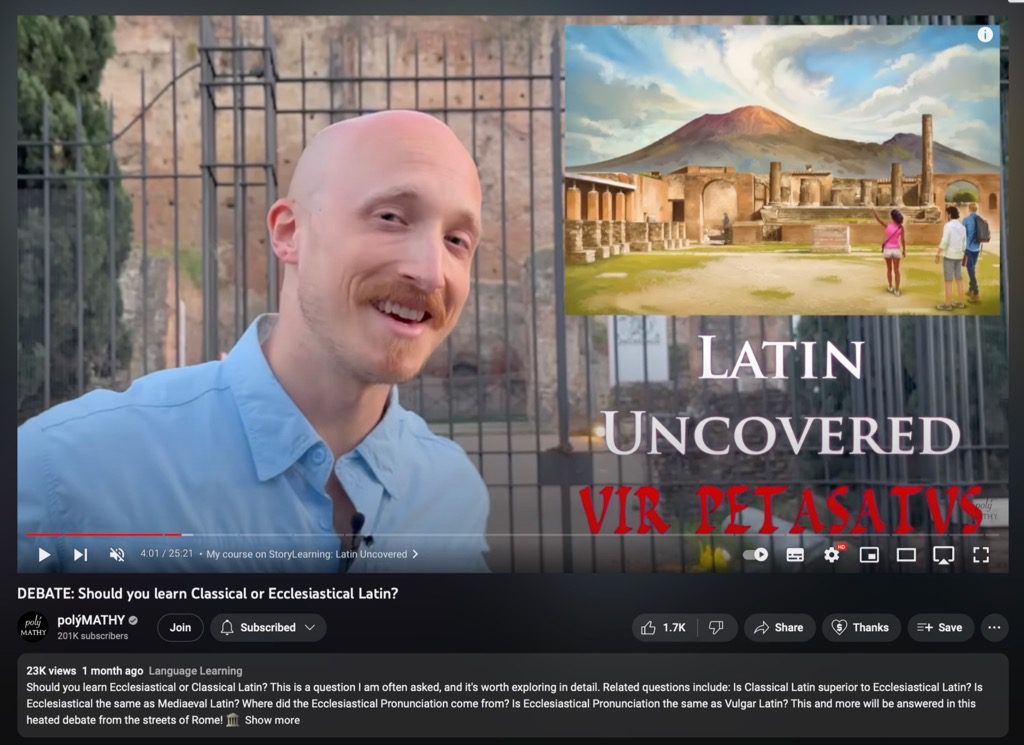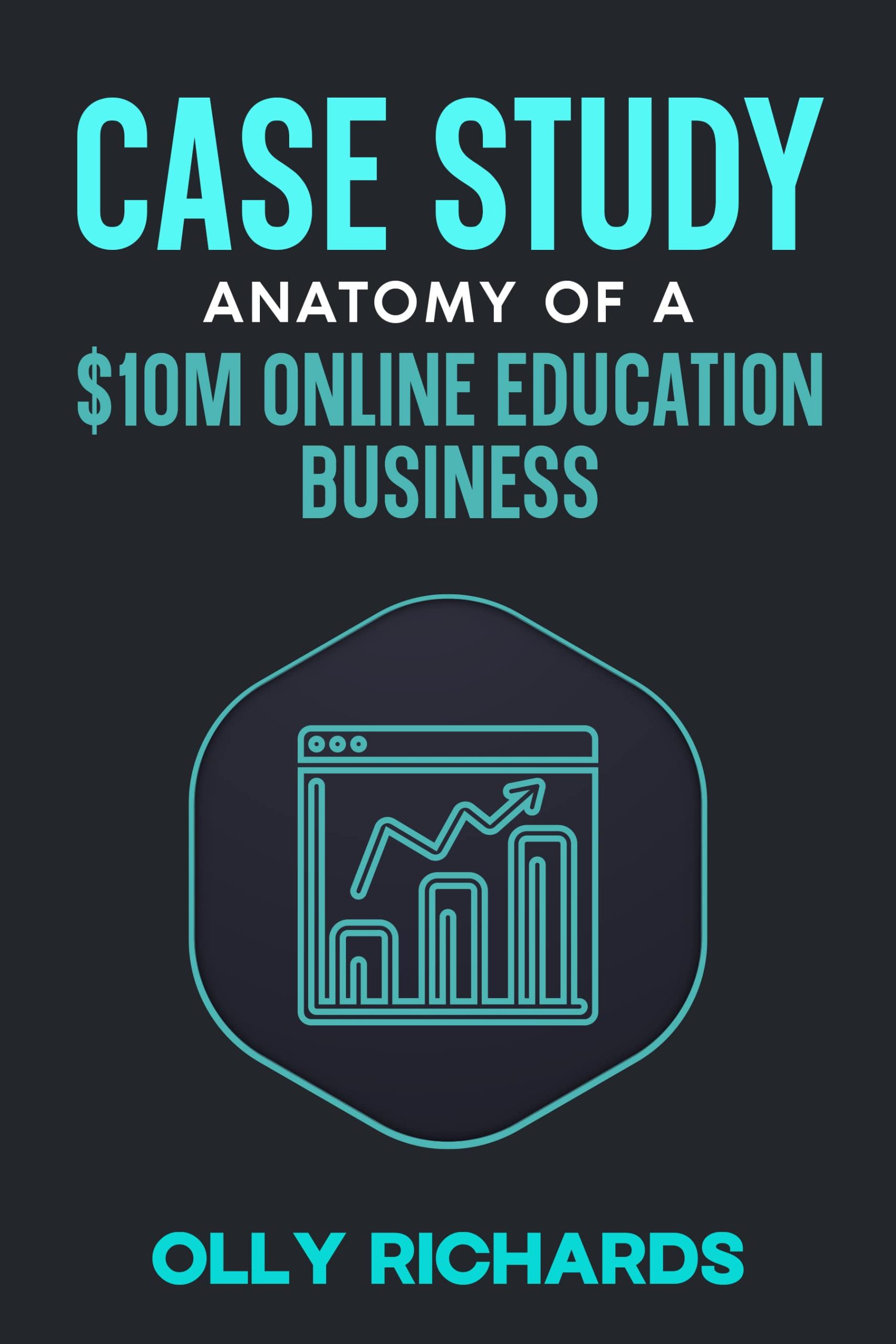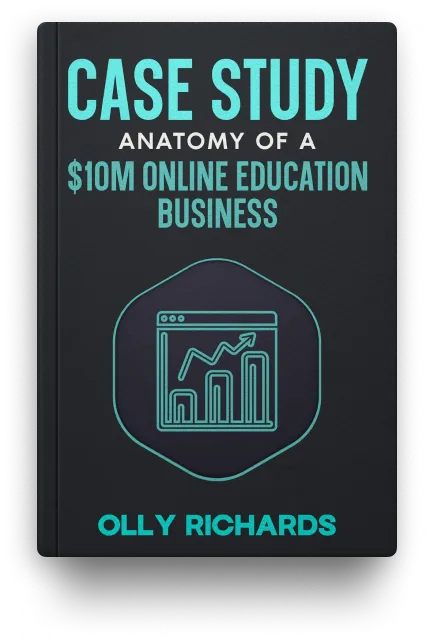Entrepreneurs are obsessed with three little letters:
ROI
Return on investment.
The term “ROI” is like a diamond necklace dangled in front of your eyes…
Who doesn’t want that??
- “What’s the ROI on your funnel, bro?”
- “Oh, the agency didn’t get you ROI in 3 months? Sign us instead!”
- “We need positive ROI on this project!”

ROI is unfalsifiable.
If you don’t know the exact ROI of a project, it’s easy to feel dumb.
But…
In my experience, “ROI” is far from black & white.
In fact, misunderstanding ROI can lead you to make bad decisions.
Wanna know why?
Of course you do…
Dangers of ROI Explained
^^^ This is a YouTube video.
You can click it.
Apparently people didn’t know that.
(Now you do.)
I’m going to tell you about three different growth projects I had at my company StoryLearning.
In each case, I made poor decisions based on “ROI”.
And it held us back years.
Project #1 – The YouTube Channel
The first is a YouTube channel that I began back in 2017-2018.
(Look at the thumbnail above – doesn’t it scream “2017 YouTube”?)
It was around the time when YouTube was really starting to pop off.
I had a lot of friends making good money with YouTube.
I decided to start a new kind of niche YouTube channel – specifically for learning Spanish.
- I planned out the channel
- I got the people in place
- I launched it
And it was fun.
People enjoyed the videos we were making.
But after about 6-9 months…
We looked at the stats…
Here’s what we say:
- We’d spent a lot
- The channel hadn’t grown much
- We’d hardly made any sales from the channel
I looked at it and thought:
“We don’t have any ROI here… We’re losing money.”
I decided to pull the plug.
Yep… I canned the entire YouTube channel.
Now fast-forward a few years…
It was 2022…
We had decided to rekindle the idea of the Spanish YouTube channel. We dug up the channel that we’d left sitting on YouTube, and…
Stone the crows!
We had 10,000 subscribers on the channel!
Turns out the videos had been ticking away over time, slowly amassing views and subscribers.
Time had done so much of the work.
And that’s often the case with YouTube – the growth takes a long time to come, but when it does, it’s a serious hockey stick.
So all we ever needed to do was give it enough time to grow.
My mistake?
I didn’t understand the return window.
I was looking at the ROI at a specific point in time – and it was too early.
(That’s when we relaunched the channel in 2022 and it is what you’ll find there today.)
Project 2 – Paid Ads
Around the same time, I started experimenting with paid ads.
We were running traffic to Facebook and Instagram ads.
My funnels were fairly typical – we had a lead magnet, tripwire offer, and an email sequence on the backend.
We tried so hard to get to break-even with these funnels.
We had all these different ads… lead magnets… offers…
But happened was that every time we looked at the numbers with our ads person, they’d say:
“Now, last month you only brought in $X, so that means we can really only afford to spend $X per lead, or you’ll lose money.”
I blindly nodded along: “Err, Ok.”
After all, who wants to lose money, right?
The mistake?
We were looking at ROI on a month-by-month basis. As a result, we ended up stopping and starting… trying a few different experiments.
But they all were all doomed to failure because of those economics.
Or so I thought.
Many years later, we had a another crack at running paid ads.
Except, Uncle Olly was a bit older and wiser this time.
And I knew a little bit more about data.
And so when we sat down to run the numbers, I wasn’t so quick to judge the ROI based on a 30 day period.
Instead, I dove into the data…
I found that if we looked at that data through a 45-day lens rather than 30 days, the picture was a little bit different.
We had kept receiving revenue from the previous month’s cohort.
After 6 months, I had more data to work with.
I extended the time horizon beyond 45 days. The ROI was different again.
It painted a different picture about when the money was being received, which gave us the intelligence we needed to start adapting our funnels to fit more into buyer behaviour.
(What we actually found was that 85% of income was received over a 4-month period. Useful to know, huh?)
Point is…
By viewing results through the lens of one defined time period, I was getting a skewed view of the true return.
My problem?
Back in 2016-17, I wasn’t sophisticated enough to look at data in enough depth. (Cohort analyses are not easy to do.)
I was too reactive… scared of losing money… and quick to pull the plug when I got cold feet.
(It’s yet another example of the importance of investing in your own education first and foremost. More on that next week.)
Project 3 – Influencer Marketing
Now, the last example is when we got into influencer marketing in a big way.
(If you’ve taken my 7-Figure Marketing Stack training, you’ll know all about this!)
When we started down this path, I hired a full-time influencer marketer and spent $10,000s on sponsorships as part of our growth strategy.
About 6 months in, we looked at the data.
“OK, we’ve spent 6-figures in salary & sponsorship, and we’re not even close to breaking even.”
It started to feel a lot like Groundhog Day again.
(This is the benefit of experience… eventually you start to catch your own BS!)
But this time…
Rather than pull the plug, which I’d done so many times before, I went to speak to a mentor and asked him:
“What’s wrong with my mindset here? How should I be thinking about this?”
His reply:
“For an initiative as big as this, you need to be thinking in terms of R&D… not ROI.”
This hit me like a tonne of bricks.
If you think about it…
It’s quite an arrogant expectation to expect to see positive ROI on a new project… first time!
Instead, with all the money you put into a campaign or new initiative…
Consider that as R&D instead:
- Running experiments
- Rapid testing
- Working on the economics
… and you start the chance of ending up with something much more sustainable further down the line.
You’ve just got to stomach the expense in the meantime.
So, I didn’t pull the plug. I kept it going. (Go me!)
After about 9 months, not only had we reached breakeven with our influence marketing, but we were actually making 2X, 3X…even 5X multiples on our influencer spend.
And it was all because I extended the time horizon, and the investment accordingly.
Moral Of The Stories
So, what’s the moral of these three stories?
With each of these projects, it was insisting on viewing ROI in a very simple time period that was the problem.
With YouTube – all I needed to do was just give it time to breathe, give it time to grow. And that would have been enough to eventually see the economics that we needed
With paid ads – why the need to look at it in a 30-day time period? Frankly, that’s just because a) that’s how most agencies bill, and b) I wasn’t sophisticated enough to do otherwise.
All I needed to do was look beyond that time period… and that’s where all the money was hiding, waiting to be hoovered up.
With influencer marketing – Rather than say “Right, we have to make our money back in 6 months”, I needed to say “How can we learn the right lessons over the course of 12 months, so that we have a sustainable growth vehicle after that.
And so with ROI…
I always add an extra little letter onto the end – T.
So it becomes ROIT – ROI over a specific TIME PERIOD.
Because it’s the time period you look at that’s going to determine the answer you get.
You can see that clearly with those three examples I gave.
Upgrade Yourself First
There’s a wonderful book, “The Hard Thing About Hard Things”.
It makes the rather obvious point that…
Business is hard.
You’re not supposed to just be able to snap your fingers and make money.
There are difficult problems needed to be figured out.
And there’s a real arrogance around thinking that if you’re trying something new like Facebook ads, and you can’t get it to work, then Facebook is the problem.
“Facebook ads just don’t work like they used to!”
Well…
What if YOU’RE the problem?
(Yeah, I know it’s not trendy to ask that these days.)
- What if you just haven’t figured it out yet?
- What if your execution was crappy?
- What if you’ve haven’t got the skills to execute on this properly?
That is actually far more likely.
It was certainly the case for me with all of these different experiments.
And every time I pulled the plug on a project prematurely, I was immature as an entrepreneur.
I insisted on having an ROI right at the beginning and I didn’t want to lose money.
Well, sometimes you’ve got to lose money and be willing to lose money.
But looking at it over a longer period of time is what can grow your business massively over the years.
ROI–T!
It’s a bit like having a child.
You adore your kid, they’re your pride and joy.
Two years later, the kid hits the “terrible twos”. They’re running around breaking everything…
Making a bunch of noise. You can’t sleep.
And they haven’t got a job yet.
You’re thinking: “What the hell is going on with this kid?”
Whereas, in reality, it’s just the time period that you’re looking at it with that is all wrong.
What you really need to do is just give the kid a little bit more time to grow up, and also work on yourself so that you can support the child through the process.
So remember…
“Return on investment” is what you make of it.
And this, I think, is where entrepreneurial maturity comes into play.
Hopefully newsletters like this one will help give you the mental tools to upgrade your decision-making.
CASE STUDY: Blueprint Of A $10m Online Education Business:
- Business model blueprint
- Product ecosystem
- Team structure
- Evergreen sales strategy
- And much more
Join my free newsletter for online educators and I’ll send you the case study immediately…
[tcb-script async=”” data-uid=”10c2395222″ src=”https://skilled-trailblazer-6490.ck.page/10c2395222/index.js”][/tcb-script]
We will protect your data in accordance with our data policy!






